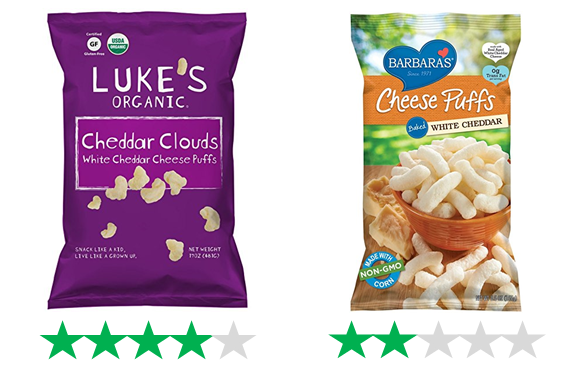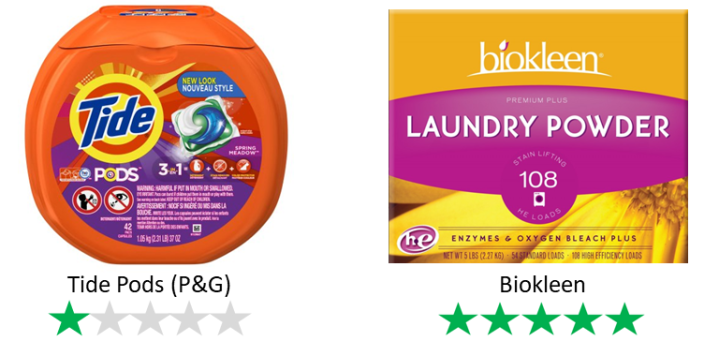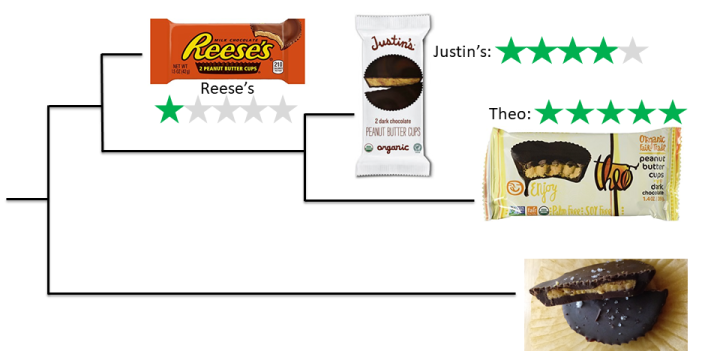Greetings! In the next post, I’ll run another competition to encourage you, dear readers, to write a Green Stars review, so please stay tuned for that. In the meantime, I want to take another look at the ethical consumerism criteria that can go into a Green Stars rating. Evaluating the ethics of a product or business is sometimes daunting, but it becomes more manageable when you break it down into specific criteria.

General criteria for ethical consumerism
One way to arrive at an ethical rating is to evaluate within a few broad categories and then combine these evaluations into an overall green stars rating. For example, your categories could be:
- Planet
- Animals
- People
Note that these categories are closely interconnected in many ways. For example, greenhouse-gas emissions will have significant impacts on all three. Reducing meat-intake has an obvious impact on the animals reared for food, but also has an impact on habitats all over the planet, and on human-kind’s ability to feed itself without ruining everything. Even some criteria that seem quite specific, such as fair trade, can also have broad impacts – I’ve written before about how trade relationships (from commodity markets to direct trade) impact standard-of-living and therefore population growth, one of the primary root causes of our planetary problems.
So, it could be helpful to think in terms of two, even broader categories:
- Environmental impact
- Social impact

Specific ethical consumerism criteria
When it comes down to assigning a score and writing a review, I usually wing it to some extent, focusing on the issues that seem most relevant to the business in question. In the review, I’ll state that the Green Stars rating represents the social and environmental impact, and usually write something about both of them. It’s helpful to have a list of specific issues that you would rather not endorse. We are endorsing various practices (good or bad) when we pay a corporation for their product or service – it’s actually quite a large part of the ethics of our lives.
I had listed specific criteria on the About page of this site. Here they are again:
- Excessive greenhouse gas emissions and water usage
- Exploitation of the planet’s resources; deforestation; pollution
- Mistreatment of animals
- Use of harmful ingredients and materials
- Lack of effort to reduce waste (e.g., plastic) or increase recyclable / compostable content
- Enormous salary disparities and gender inequality
- Abuse of corporate power in the form of political lobbying, legal pressure, and tax evasion
- Lack of monitoring of the material supply chain and oversight of subcontractors
- Negative impacts on local communities
- Unfair working conditions, child labor, and slavery

Key issues in ethical consumerism
We could also reduce the list to a few issues that matter the most to us. For me, that would be these four:
- Climate (carbon footprint, sustainability)
- Habitats (land and water use, pollution, farming methods)
- Inequality (wealth distribution, corporate hegemony)
- Population Growth (community development, trade practices)
CHIP, for short!
You could also describe your criteria in the form of the lifestyle that you’d like to have. For example, perhaps you want to live a lifestyle based on sustainably-grown plants and minimal use of plastic. That’s mainly focused on the environmental side so you could also identify a value on the social side, e.g., from suppliers that benefit local communities.
So, that’s a few ways of tackling ethical decision-making as a consumer. It’s not trivial, and that’s why we need to share our considered opinions (as Green Star reviews and ratings) with others who may not always have the time to ponder these issues. But it’s also not rocket-science; everyone can do this. I’ll illustrate this with some more examples in upcoming posts.
In the meantime, if you have a moment, please comment on either the following:
Which way of looking at ethical consumerism criteria seems the most useful / accessible?
Are there other criteria, important to you, that you feel weren’t covered here?

wonderful encouragement
this ethical consumption 🙂
LikeLiked by 1 person
What about these tide pods? I’ve been trying without success to figure out whether the poly vinyl alcohol covering is really biodegradable as the reports say or if it actually leaves a microplastic residue. Any insight?
LikeLike
Hey Pam! good question. Well, I’ve looked into the coating before and the polymer is considered safe but the monomer is quite toxic. Does any of it escape during production? It’s definitely a concern. It worth the convenience of having pods? Probably not. More here:https://greenstarsproject.org/2017/11/13/are-laundry-arial-tide-pods-sustainable/
As far as the biodegradability, that’s such a complex question and you can bet that the detergent manufacturers (P&G, etc) haven’t looked into it as extensively as they should. As a microbiologist I can attest that there are going to be a whole host of bacteria and fungi that can convert PVA into a range of different products. Trying to predict the full range of products that result from biodegradation and their impact on ecosystems – some may impact fish fertility, or accumulate in the food chain – who knows? Certainly not the scientists at P&G, because I know how these things go. Bottom line is that most companies that introduce new products to our world have very little idea how they will impact the environment (unless they are natural products to begin with).
LikeLike